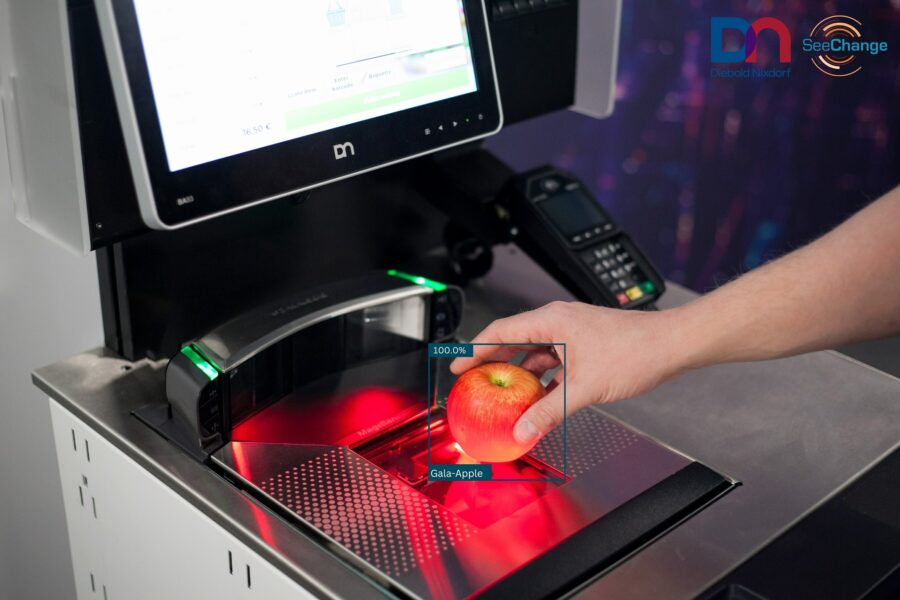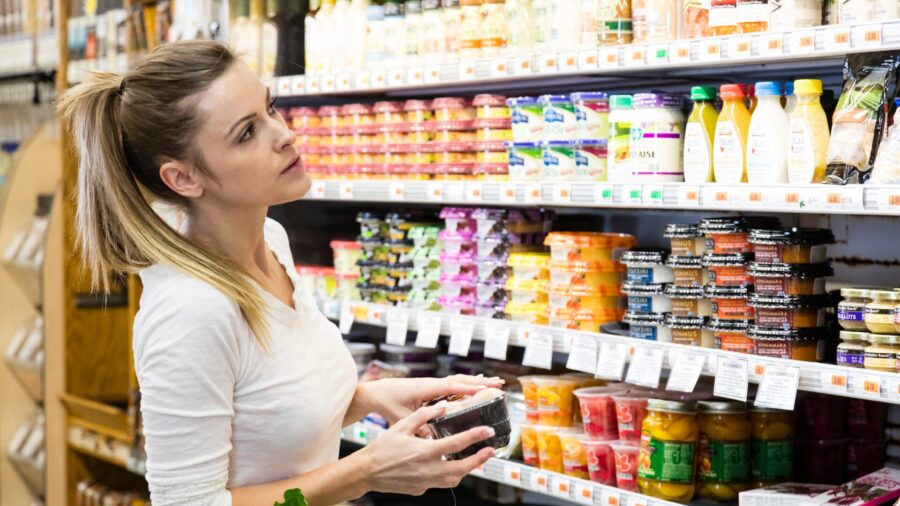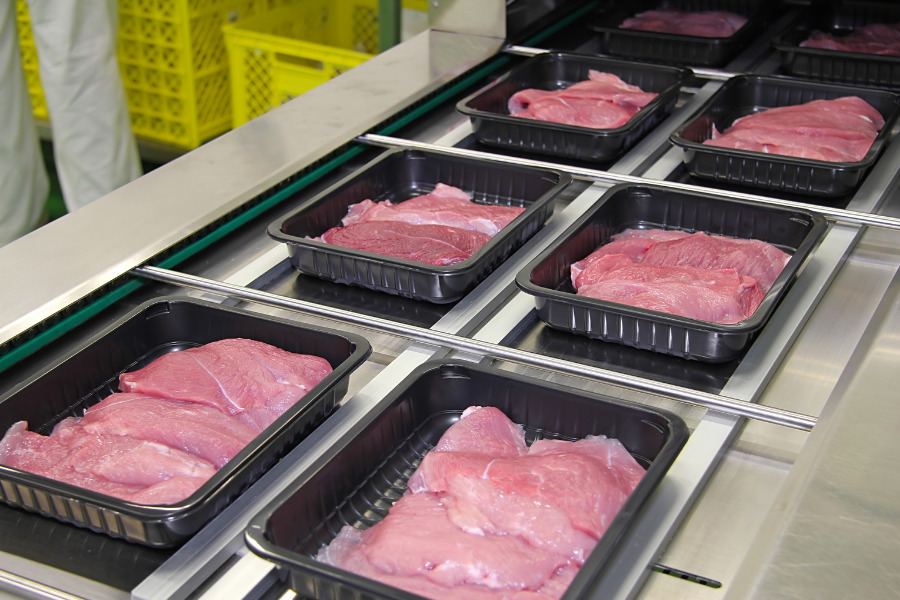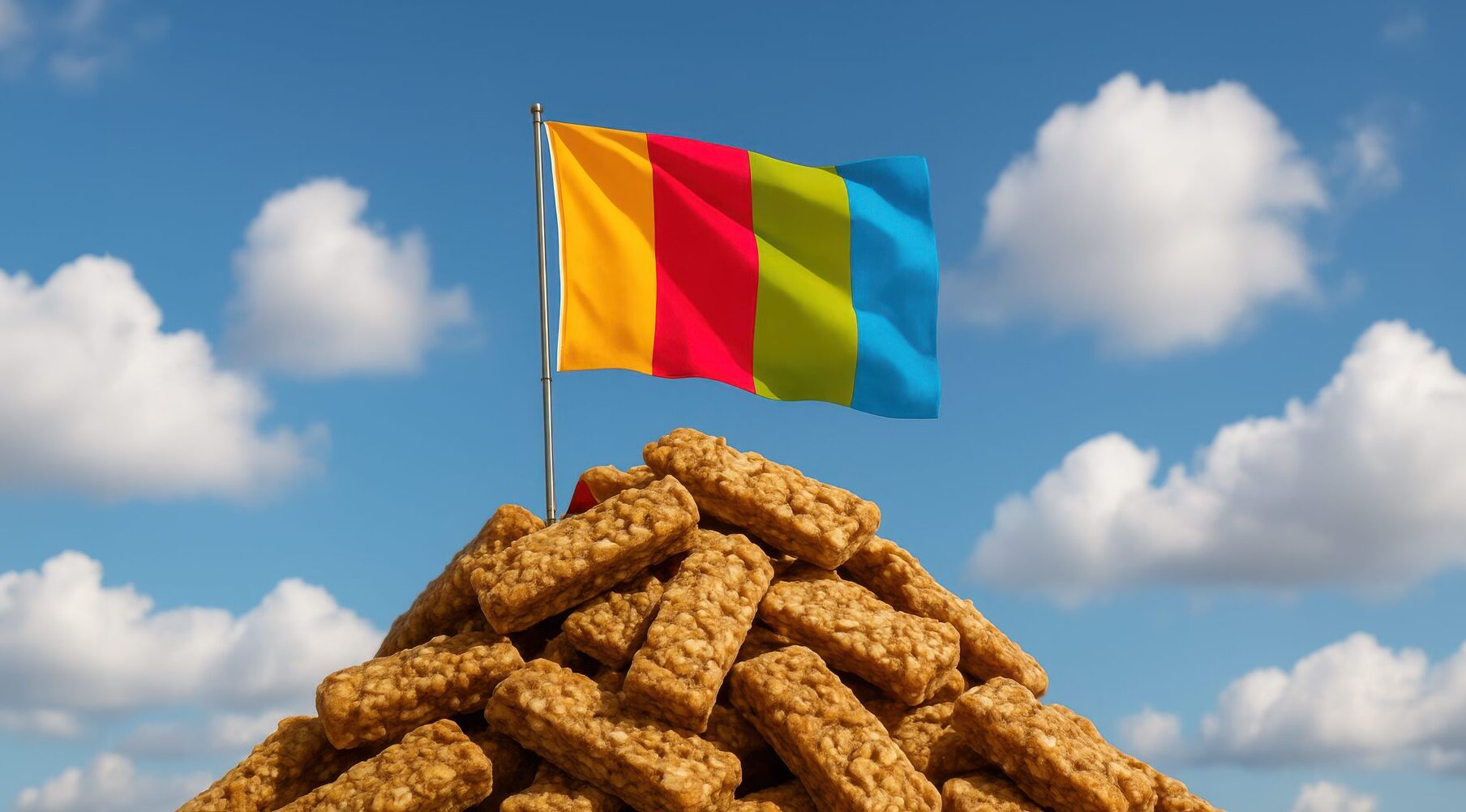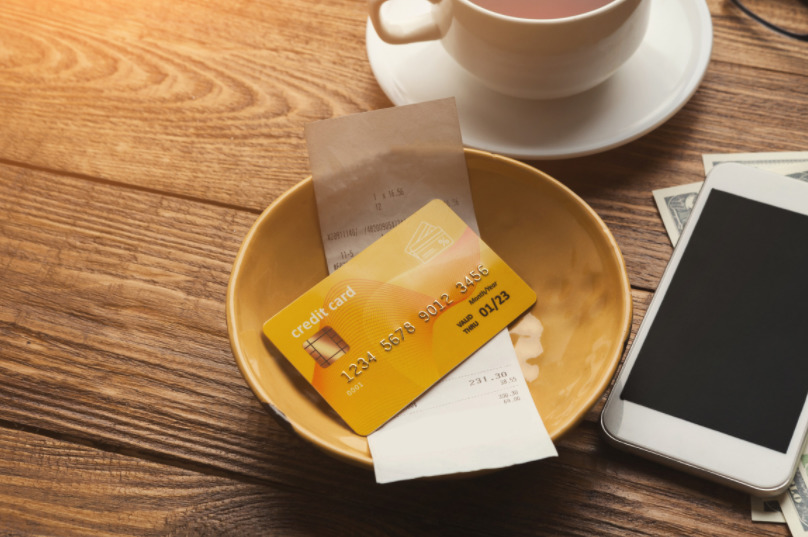Tech companies are on their way to transform the grocery retail space, with innovative solutions to common problems in the checkout aisle, on store shelves, and beyond.
Here are three emerging technologies about to reshape food retail:
1. Fresh Produce Recognition
The days of grocery cashiers looking up and typing in product codes for food items without a barcode may soon be behind us.
SeeChange Technologies has announced a partnership with Diebold Nixdorf to launch the first in a series of self-checkout (SCO) solutions powered by AI.
Through the partnership, Diebold Nixdorf’s Vynamic Smart Vision will use SeeWare machine learning to recognize fruits, vegetables, baked goods, and other food items without a barcode.
“Fresh Produce Recognition is only the start of a new generation of SCO technology that simplifies customer checkout, cuts transaction times, and reduces loss for retailers,” said Jason Souloglou, CEO of SeeChange.
2. Shelf-Checking AI
Meanwhile, Google Cloud is attempting to solve the problem of low or no inventory on store shelves—an issue that cost U.S retailers $82 billion in 2021 alone, according to a NielsenIQ analysis.
Google Cloud’s new AI-powered shelf-checking solution helps retailers see what their shelves actually look like in order to better understand what needs to be restocked, ultimately improving on-shelf product availability.
The technology is built on Google Cloud’s Vertex AI Vision and powered by two machine learning models: a product recognizer and a tag recognizer. Working in tandem, the shelf checking AI can identify all types of products based solely on their visual and text features, and then translate that data into actionable insights.
Conveniently, retailers have a high degree of flexibility when it comes to the type of imagery they supply to the shelf checking AI. Because the technology leverages Google’s database of billions of unique entities, it can recognize products even in images taken from different angles and vantage points. The images could come from a ceiling-mounted camera, a cell phone, or even a robot roaming the store.
Currently available in preview globally, Google Cloud’s shelf-checking AI is expected to become widely available in the coming months.
3. Walmart and Salesforce Partner Up
Finally, Walmart has partnered with Salesforce to give retailers access to the same scalable technologies that Walmart uses to improve local pickup and delivery for shoppers.
Both Walmart Commerce Technologies Store Assist local fulfillment app and Walmart GoLocal delivery solutions will now be available to retailers through Salesforce AppExchange.
The Store Assist app enables retailers to leverage their local stores as fulfillment centers and facilitates a seamless handoff between employees and customers or third-party delivery drivers. Walmart GoLocal offers retailers of all sizes access to white-label, delivery-as-a-service technology to ensure a frictionless experience for the customer.
“Together with Salesforce, retailers can scale their business and deliver the personalized, convenient experiences that shoppers expect,” said Anshu Bhardwaj, senior vice president of technology strategy and commercialization at Walmart Global Technology.
“One in five online orders placed the weekend before Christmas were picked up in store,” noted Rob Garf, vice president and general manager of retail at Salesforce.
“Shoppers continue to expect brands to deliver highly connected and frictionless experiences across physical and digital touchpoints,” he said.


